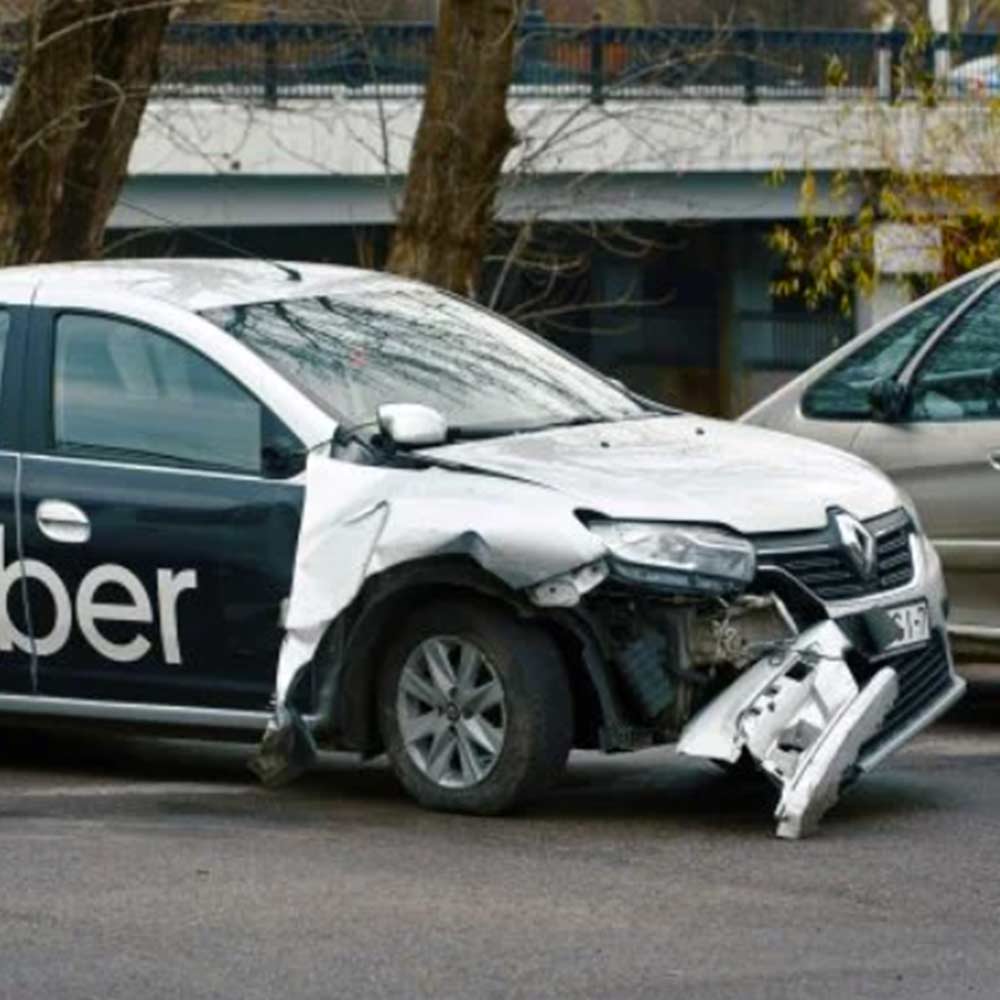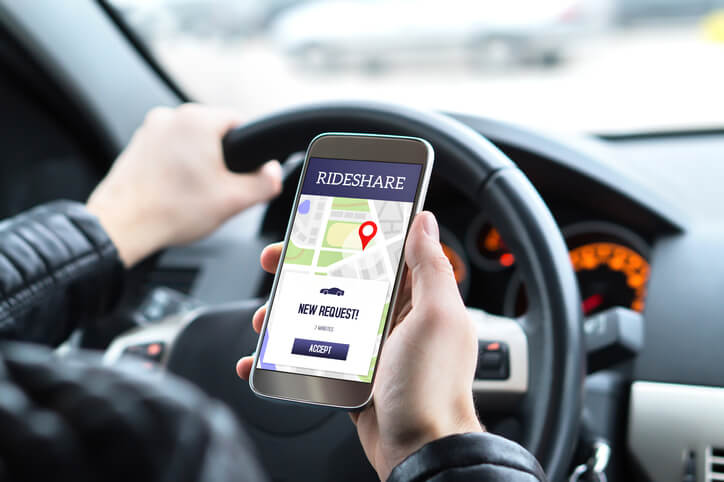
Rideshare Accidents
Our lawyers can help you get the money for your injuries quickly.Uber, Lyft, Didi, Grab, etc., play a role in rideshare accidents or road accidents with vehicles used for rideshare services. In these incidents, a private driver utilizes a personal vehicle to offer transportation services to passengers through a mobile app platform.

From Uber to Lyft: The Essential Guide to Handling Insurance Claims After a Rideshare Accident:
Rideshare services are popular and increase each year. They provide a convenient and often cost-effective means of transportation for passengers.
Who is Liable for a Rideshare Accident?
Determining liability in a rideshare case involves an investigation to gather evidence. Moreover, witness statements, accident reports, video footage, and data from the rideshare company’s app (if available) will be collected.
Secondly, both the rideshare driver’s personal insurance and the rideshare company’s insurance can influence the claims process. Seeking the assistance of an experienced attorney is crucial.
Third-Party Negligence: If their actions contributed to the crash, other drivers involved in the accident may also assume liability.
Injured while in a Rideshare Accident?
Remember, each personal injury case is unique, and the process may vary depending on the specifics of your situation.
More importantly, consulting with an attorney like VBV Law Group will provide you with the most accurate and relevant advice for your specific case. Above all, the specific period during which the accident occurred will affect the insurance coverage available.
Poor Vehicle Maintenance: If the rideshare driver’s vehicle had mechanical issues that led to the accident, the driver may be held liable, especially if negligence in vehicle maintenance is established.
Road Conditions: In some cases, poor road conditions or hazardous road design may contribute to the accident. Therefore, liability could extend to the entity responsible for maintaining the road.
Passenger Injuries: For example, the determination of liability for the rideshare passenger’s injury may hinge on identifying who was at fault for the accident.
Navigating the Aftermath: What to Do If You’re in a Uber or Lyft Accident?
However, rideshare vehicles, like any other form of transportation, are not immune to accidents, and various factors can lead to their involvement in collisions or crashes.
Factors that Account for A Uber or Lyft Accident?
Driver error: Just like any other driver on the road, rideshare drivers make mistakes, fast speed, distractions while driving, or DUI.
Road conditions: Poor weather conditions, road hazards, and inadequate road maintenance contribute to accidents involving rideshare vehicles.
Other drivers: Accidents occur when other drivers on the road are negligent or engage in reckless behavior, such as Road Rage.
Mechanical failures: Mechanical issues with the vehicle, such as brake failures or tire blowouts, lead to accidents.
Pedestrian-related incidents: Accidents involving pedestrians, especially in busy urban areas, may involve rideshare vehicles.

Unveiling the Legal Maze: Your Rights and Responsibilities After a Rideshare Accident!
When a rideshare accident occurs, several parties could be affected:
Passengers: Rideshare passengers can be injured in accidents, and they may be entitled to compensation for their injuries and losses.
Rideshare drivers: Drivers can also be injured in accidents while transporting passengers or during periods when they are waiting for ride requests.
Other drivers and pedestrians: Additionally, if the accident involves other vehicles or pedestrians, they may sustain injuries or property damage.
Dealing with insurance claims and liability in rideshare accidents will be more extensive then a typical car accidents. For instance, it will involve the rideshare company’s insurance policies and the driver’s personal insurance coverage.
Rideshare companies generally provide insurance coverage for their drivers during active rideshare trips. However, the coverage may vary depending on the specific situation.
How to Establish Liability in a Rideshare Case:
Firstly, determining liability in a rideshare case proves more complex than a standard car accident. For instance, multiple parties are involved. Additionally, the rideshare company, the rideshare driver, and potentially other drivers or third parties are part of this complexity.
Secondly, specific circumstances of the accident will dictate liability, but some key factors typically considered when determining fault in a rideshare case include:

This is how Uber Breaks these periods down and the insurance it offers.
Type of Periods in a Rideshare Accident:
Rideshare drivers’ activities are split into three different periods, and the insurance coverage varies depending on the period the accident occurred in. These periods are:
Period 1 Online: During this Period, the driver logs into the rideshare app but has not yet accepted a ride request.
Period 2 Ride Acceptation : The driver accepts a ride request and is on the way to pick up the passenger(s).
Period 3 In Transport: The rideshare driver has the passenger(s) in the car and is currently transporting them to a destination.



